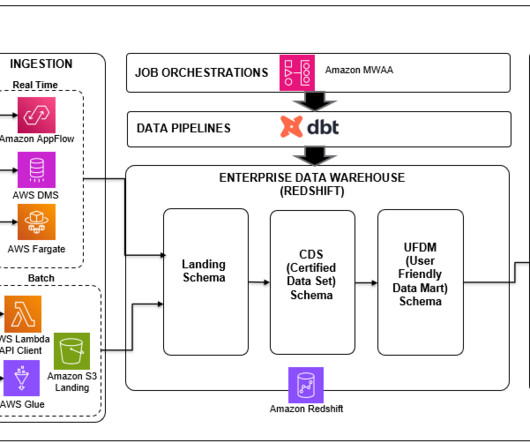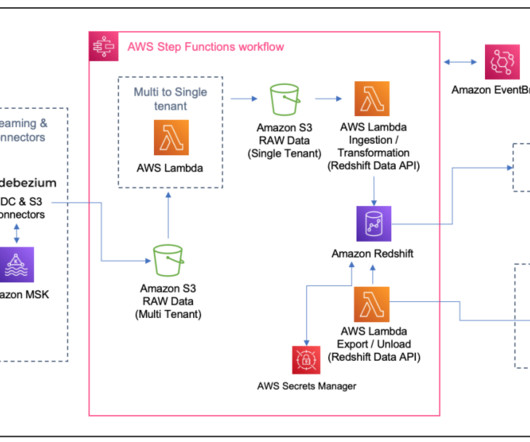Navigating the Chaos of Unruly Data: Solutions for Data Teams
DataKitchen
NOVEMBER 10, 2023
The core issue plaguing many organizations is the presence of out-of-control databases or data lakes characterized by: Unrestrained Data Changes: Numerous users and tools incessantly alter data, leading to a tumultuous environment. Monitor for freshness, schema changes, volume, field health/quality, new tables, and usage.














Let's personalize your content